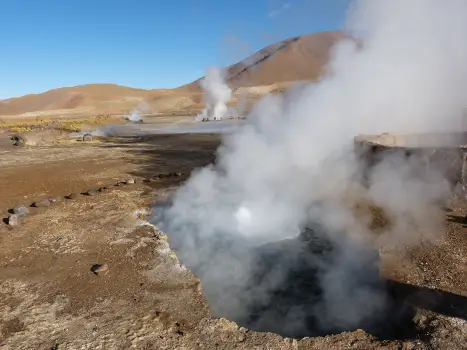
Geothermal energy is the energy extracted from the heat stored within the Earth’s core. It is obtained by tapping into the natural heat reservoirs beneath the Earth’s surface, typically through drilling wells to access geothermal reservoirs. This heat energy can be found in regions with volcanic activity, tectonic plate boundaries, or geologically active areas. Geothermal energy is a renewable and sustainable energy source that can be utilized for various applications, including electricity generation and heating. By harnessing the Earth’s internal heat, geothermal energy provides a reliable and constant source of power with minimal greenhouse gas emissions, making it an environmentally friendly alternative to fossil fuels.
Examples
Geothermal power plant
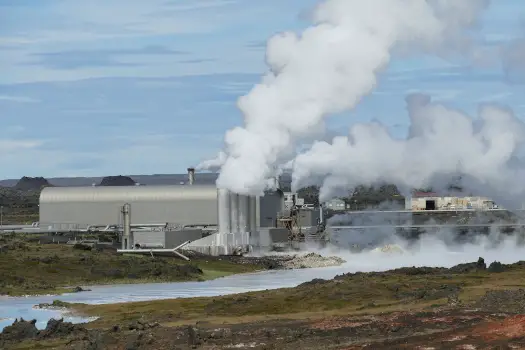
A geothermal power plant harnesses the natural heat from the Earth’s interior to generate electricity. The Earth’s crust contains hot rocks and magma, and this heat is tapped into through wells drilled into the Earth’s surface. In a geothermal power plant, water is injected into these wells, and as it comes into contact with the hot rocks, it turns into steam. The steam is then directed to turbines, which drive generators to produce electricity. The conversion of geothermal heat into electrical energy showcases the sustainability and reliability of geothermal power, providing a continuous and renewable source of electricity.
Geothermal heating
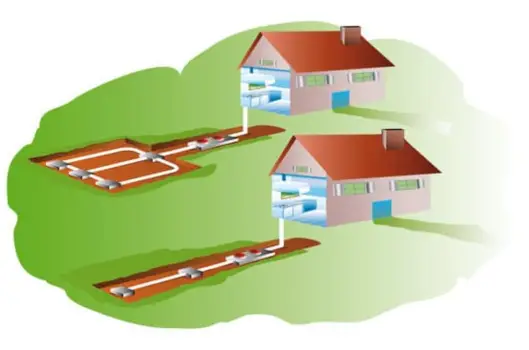
Geothermal heating is a method of utilizing the Earth’s internal heat for residential or commercial heating purposes. It involves the use of geothermal heat pumps to transfer heat from the ground to buildings. In winter, the heat pump extracts warmth from the Earth and circulates it inside the building, providing efficient and environmentally friendly heating. Geothermal heating systems are energy-efficient, leveraging the stable temperature of the Earth’s subsurface to supplement or replace traditional heating methods. This application of geothermal energy contributes to sustainable heating solutions, reducing reliance on fossil fuels and lowering greenhouse gas emissions.
Hot spring

A hot spring is a natural occurrence where groundwater is heated by geothermal heat and emerges at the Earth’s surface. Underground water seeps into the Earth’s crust, gets heated by the heat from the interior, and then rises to the surface. The result is a pool of warm water with temperatures higher than the surrounding environment. Hot springs are often associated with volcanic regions and are known for their therapeutic and recreational uses. The warming effect is a direct manifestation of geothermal energy, providing a visible and enjoyable display of the Earth’s subsurface heat.
Geyser
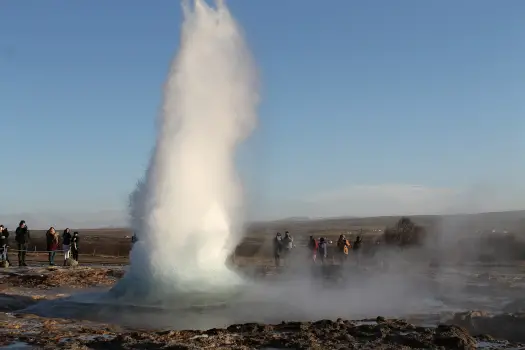
A geyser is a unique natural feature that periodically erupts hot water and steam into the air. Similar to hot springs, geysers result from the heating of groundwater by geothermal energy. However, in a geyser, the water is superheated and stored in an underground chamber. When the pressure in the chamber builds up due to the heat, it forces a powerful eruption of water and steam through the geyser’s vent. Geysers are notable for their periodic and often dramatic displays, showcasing the dynamic release of geothermal energy in the form of boiling water and steam.
Greenhouse

In a greenhouse, geothermal energy is utilized for temperature regulation, especially in colder climates. Geothermal heat pumps are installed to transfer heat from the Earth’s interior to the greenhouse. In winter, the heat pump extracts warmth from the ground and circulates it inside the greenhouse, maintaining an optimal temperature for plant growth. This geothermal heating system allows for year-round cultivation, demonstrating how geothermal energy can be applied in agriculture to create a controlled and favorable environment for plants. The greenhouse serves as an example of the direct use of geothermal energy for heating purposes, enhancing agricultural productivity.
Fumarole
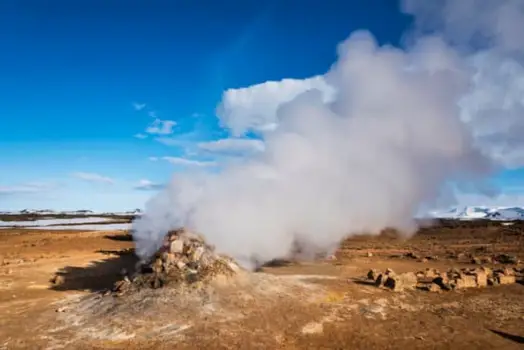
A fumarole is a natural opening in the Earth’s crust, typically found near volcanic areas, emitting steam and gases. This phenomenon is a result of geothermal activity where groundwater seeps into the Earth’s crust, gets heated by magma, and then rises to the surface as steam. The steam, along with volcanic gases, escapes through the fumarole, creating a vent. Fumaroles provide a visible expression of geothermal energy, showcasing the Earth’s internal heat and the release of steam and gases from below the surface. These natural features are often associated with hot springs and volcanic landscapes.
Related
More topics
- Thermal energy
- Potential energy
- Kinetic energy
- Chemical energy
- Electrical energy
- Geothermal energy
- Radiant energy
- Sound energy
- Elastic energy
- Gravitational energy
- Mechanical energy
- Electric potential energy
- Rotational energy
- Photon energy
External links
- https://www.nationalgeographic.org/encyclopedia/geothermal-energy/
- https://kiwienergy.us/10-geothermal-energy-facts-and-examples/
- https://www.eia.gov/energyexplained/geothermal/use-of-geothermal-energy.php
- https://www.nrel.gov/research/re-geothermal.html
- https://www.britannica.com/science/geothermal-energy
Deep
Learnool.com was founded by Deep Rana, who is a mechanical engineer by profession and a blogger by passion. He has a good conceptual knowledge on different educational topics and he provides the same on this website. He loves to learn something new everyday and believes that the best utilization of free time is developing a new skill.
